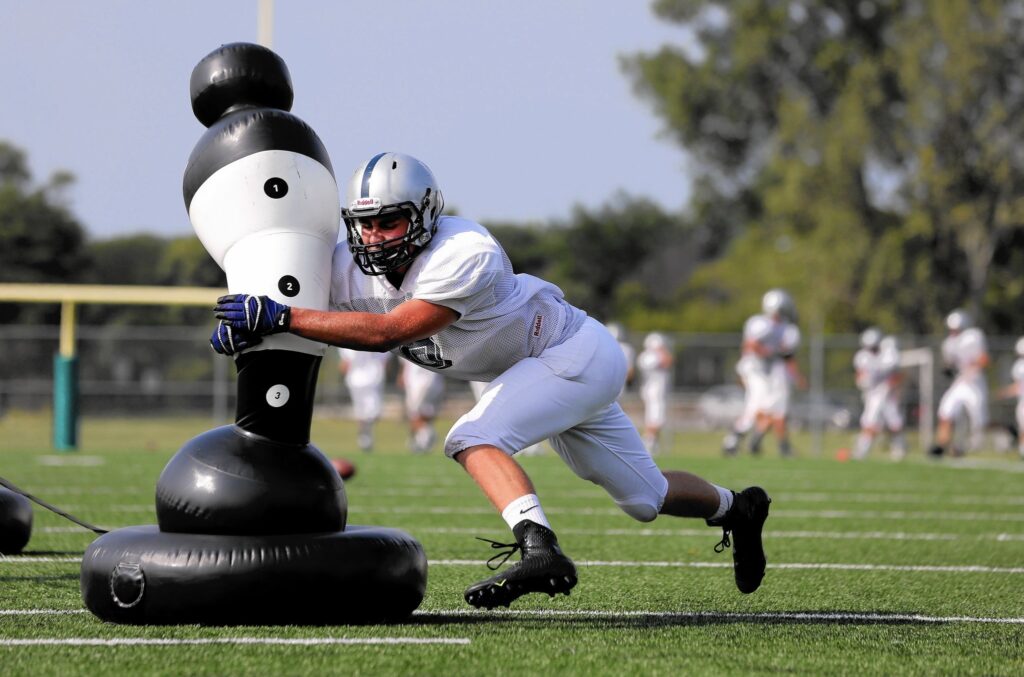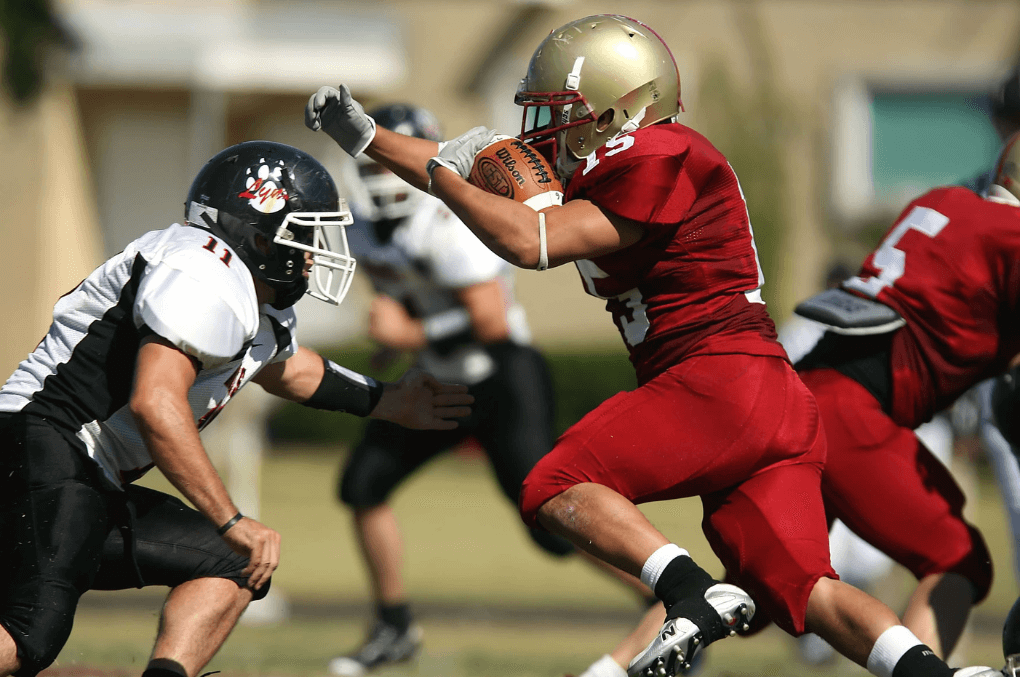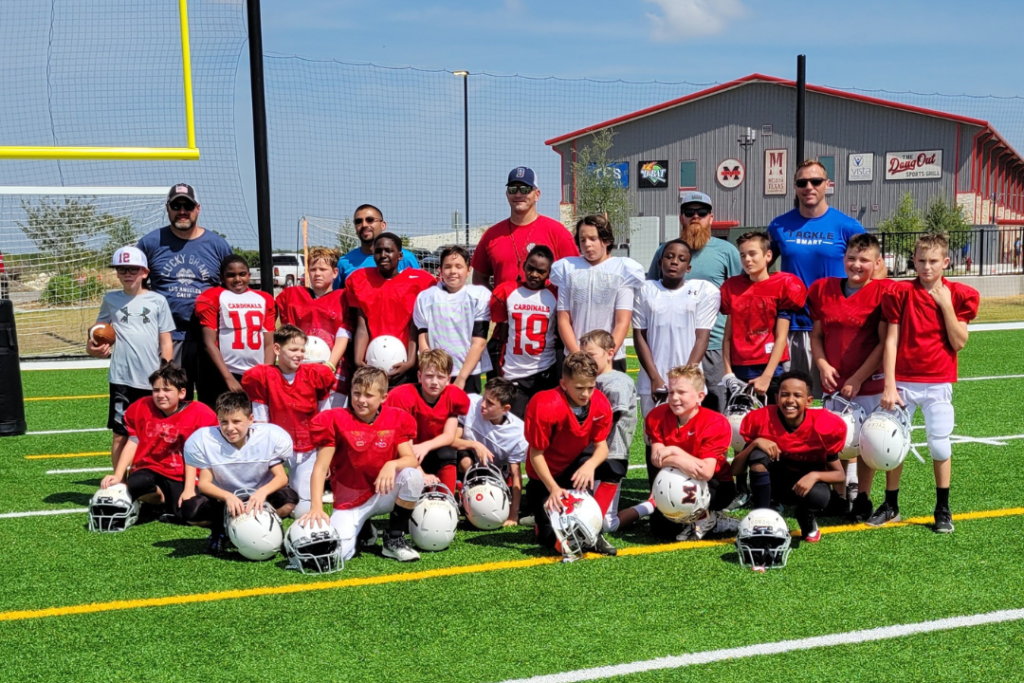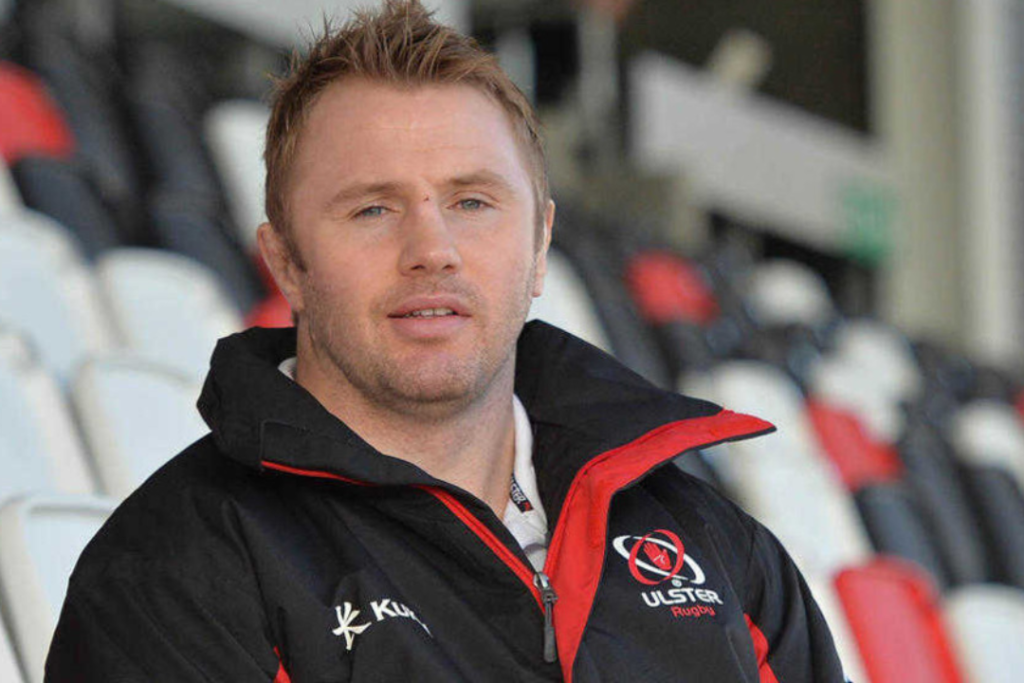There is no hiding the fact that concussions are scary. That fear is multiplied tenfold if it is your child that gets a concussion. Any type of head injury is one of a parent’s worst nightmares, but the first thing to remember in a situation like this is that most injuries of this nature are mild and that your child will make a full recovery.
Even so, it is important to know the steps to take – and equally the things to avoid – if your child does get a concussion. Here are some things to consider that will allow your child to get back into their sport in a timely, yet safe fashion.
What is a concussion?
The CDC defines a concussion as:
“A concussion is a type of traumatic brain injury—or TBI—caused by a bump, blow, or jolt to the head or by a hit to the body that causes the head and brain to move rapidly back and forth. This sudden movement can cause the brain to bounce around or twist in the skull, creating chemical changes in the brain and sometimes stretching and damaging brain cells.”
Anything that impacts the brain should be treated as serious. Good football coaching, especially in tackle football, can help prevent the risk of a concussion, but few sports will ever be concussion free. If our child doesn’t look right, act right, or feel right after a head impact, then it is time to begin wondering if a concussion has occurred.
It is important to remember that a concussion doesn’t have to come from a direct blow to the head during a tackle. A child snapping his head against the turf, or a player using poor tackling technique and getting their head hit by a hip while making a tackle, are just two other ways that a concussion can occur. Be vigilant and be smart with your child’s health.
How to Identify if my Child has a Symptoms of Concussion?
The best way to figure out that your child follow the symptoms of concussion. Here is a quick-hitting list of what those symptoms are.
Physical
- Nausea/Vomiting
- Headache
- Sensitivity to light and/or noise
- Loss of consciousness (no matter how brief)
- Issues with balance and clumsiness
- Double vision
- Appears sluggish and out of it
Mental
- Cannot easily recall the incident or events before the incident
- Inability to answer simple questions (Day of the week, where they are, etc)
- Answers questions slowly
- Cannot follow instructions
- Personality and mood changes
- Confusion
- Feels down
It is important to note that while symptoms often show immediately, this is not always the case. That is why some of the mental/mood symptoms are very important hours or even days after your child has been concussed. Make sure to check often enough to feel comfortable that your child is not concussed. If their symptoms become worse after the initial incident – especially if there are mood and behavior changes that are not common in your child – then an emergency room visit is strongly advised.
What to do if I Think my Child has a Concussion?
There are a series of steps recommended by the CDC to deal with a mild concussion. If the injury is more severe, then visiting a doctor or a head trauma specialist is important as the first step towards your child’s recovery.
Rest
The first step is simply to get your child off of the field and into a routine of resting and recovering. Determine if the concussion is severe enough for a hospital visit or if your child just needs to take it easy for a while. Limit physical activity at this stage and don’t put them in any place where another impact on the brain can occur. Sleeping and napping is important, but remember that there is no standard and quick fix for concussions.
Activity Stages
- Early activity – This is the stage where your child begins to feel like themselves again. Still keep them away from anything that is remotely strenuous or has any chance of another blow to the head. Sleeping in a dark room is important, as is keeping down their screen time as the strain on the eyes and the brain will slow recovery. Everything needs to be relaxed.
- Mid recovery – By this point, your child is still kept out of situations where head impacts can occur but they can return to pretty much all other activities. The big key during this stage is to know to scale back if their concussion symptoms worsen. Those breaks will allow them to move on to the next stage sooner.
- Regular activity – This is the point where your child can do everything – including their sports – with no concussion symptoms at all.
Other Concerns
- Post-Concussive Syndrome – This is a horrible issue post-concussion that will rehabilitate a child for weeks and even months after their injury. Post-concussion syndrome is very rare in one concussion patients, but those with a history of concussions are much more likely to feel its effects. Those effects are basically that any time of strenuous activity will cause the concussion symptoms to flare back up for an unknown amount of time until they recover.
- Second Impact Syndrome – This is something to be avoided at all costs. Second impact syndrome (SIS) is when a child who is not fully recovered from a head injury then experiences another concussion. The brain is incredibly vulnerable after the first injury and a second impact can have catastrophic consequences. Above all else, SIS is why you should take your child off of the field (and keep them off) if you have any suspicion that they are concussed.
How to Prevent a Concussion?
We mentioned above that the best way to prevent a concussion is through great football coaching. Tackle technique is everything here and this is something that programs and camps like the ones provided through the link below will train into your child. Gone are the days when the most effective way to tackle was to drive your head into the ribs of an offensive player. Good tackle technique means using the shoulder as the first point of contact, protecting the head, and still bringing down your opponent.
Correctly sizing equipment is also extremely important as we mentioned in a previous blog. There is no point in even wearing a helmet if it is too loose to protect your child’s head in a contact situation. It is also incredibly important to strengthen neck muscles. These are muscles that don’t get the attention they need as players are constantly working on improving their torso and legs. Those stabilizers in the neck, however, can be the first line of defense in preventing a concussion as they help prevent the snap that injures the brain.
Are you a parent or coach who wants to make sure your young athlete is being taught the safest and most effective tackling techniques? Then SIGN UP to our newsletter to stay up to date with our regular content including upcoming events or camps!
